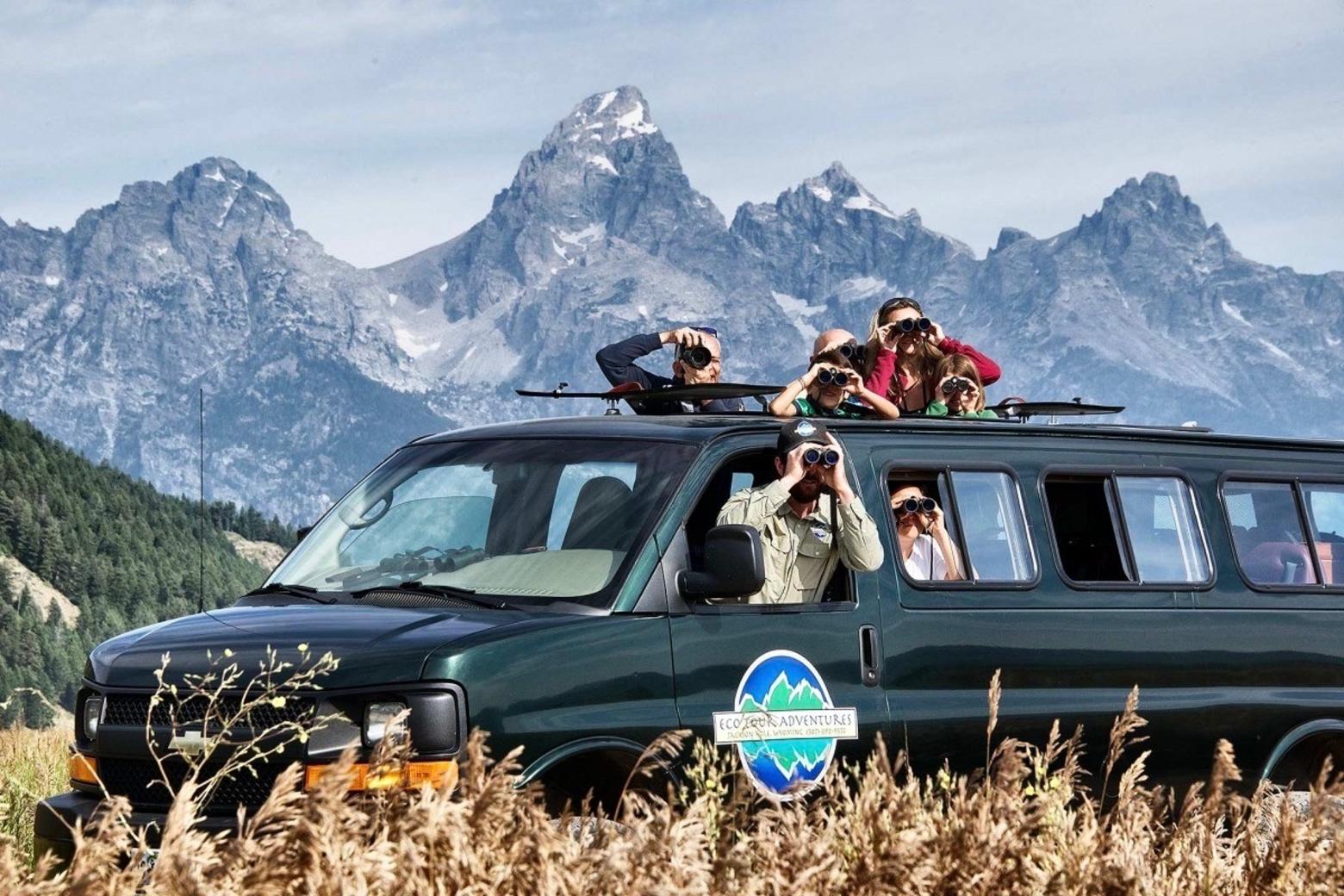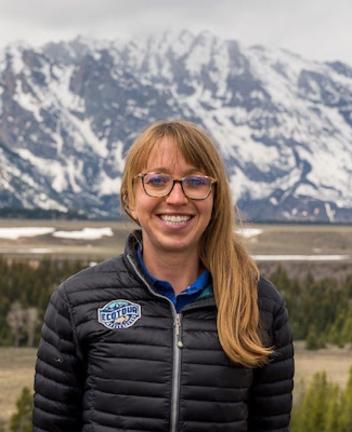Back to StoriesHas Wildlife Watching Been Getting A Free Ride?
December 14, 2022
Has Wildlife Watching Been Getting A Free Ride?In Writers on the Range essay, Kelsey Wellington touts a Wyoming nonprofit trying to address crisis in wildlife conservation funding
Wildlife Watching has been Getting a Free Ride
|
|



